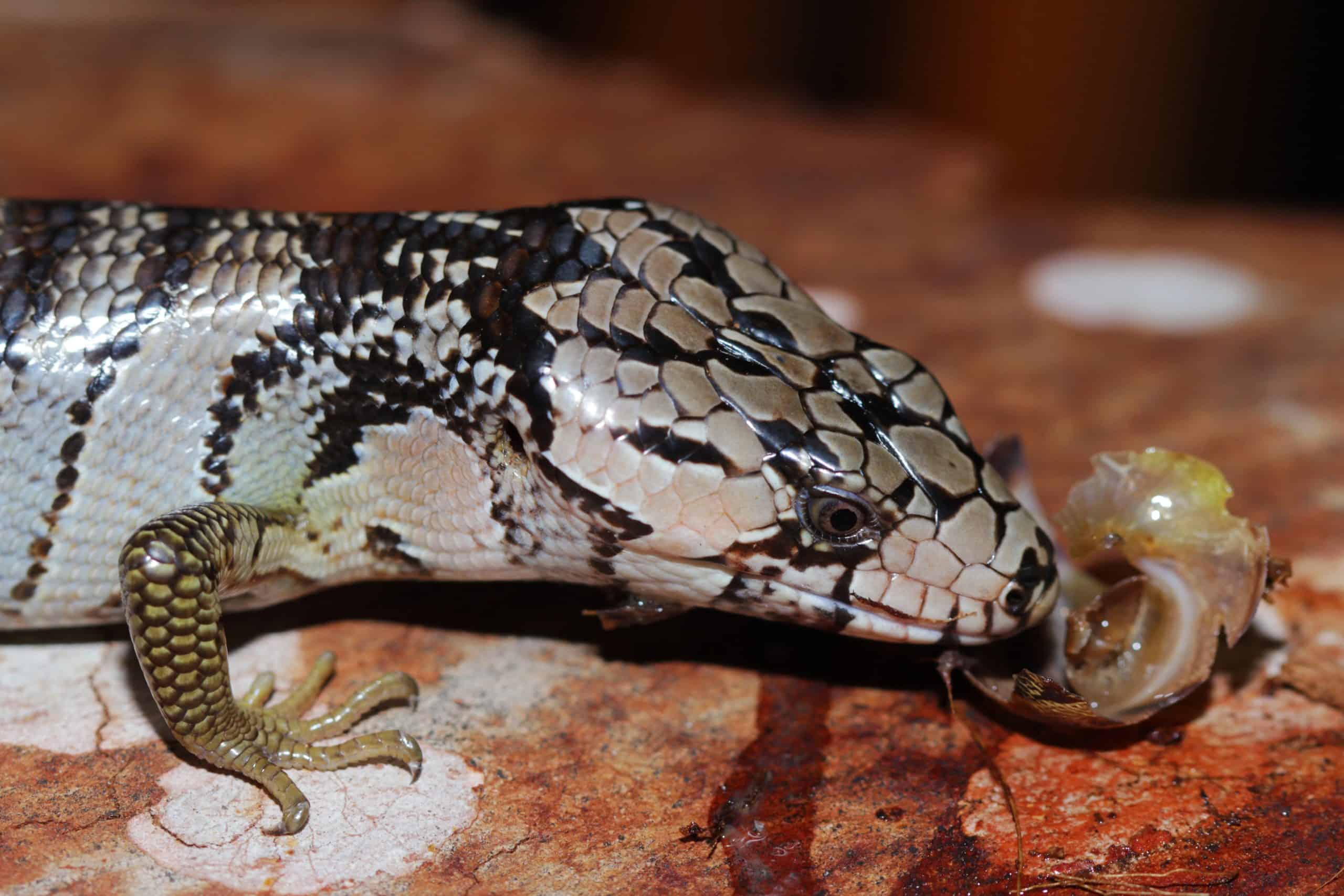
Pink Tongue Skink Owner's Care Guide (+ Tips, FAQs, & Pics!)
The Pink-Tongued Skink (Cyclodomorphus gerrardii) is a fascinating species of lizard native to Australia. With its distinct pink tongue, this skink stands out among its relatives, the Blue-Tongued Skinks. It is known for its long, slender body, well-developed limbs, and sharp claws. The Pink-Tongued Skink typically displays a fawn or slate gray.

Pinktongued Skink Cyclodomorphus gerrardii
The pink tongue skink is a large lizard with a long, slender body and a long tail adapted to grasp objects. The lizard has well-developed limbs, a large head, and sharp claws. This species appears in fawn or slate gray coloring, with black or dark-gray cross-bands. The lizard's scales are smooth, and the head scales are black-edged.

Pinktongued Skink Cyclodomorphus gerrardii
Pink-tongued skinks (Cyclodomorphus gerrardii) are medium-sized, nocturnal, semi-arboreal lizards native to Australia, specifically New South Wales and Queensland. They prefer the sub-tropical sclerophyll forest, rain forest, and moist woodlands for habitat. Pink-tongued skinks are 15-18" long lizard with a blunt triangular head, slender elongated body, short limbs, strong toes, and smooth.
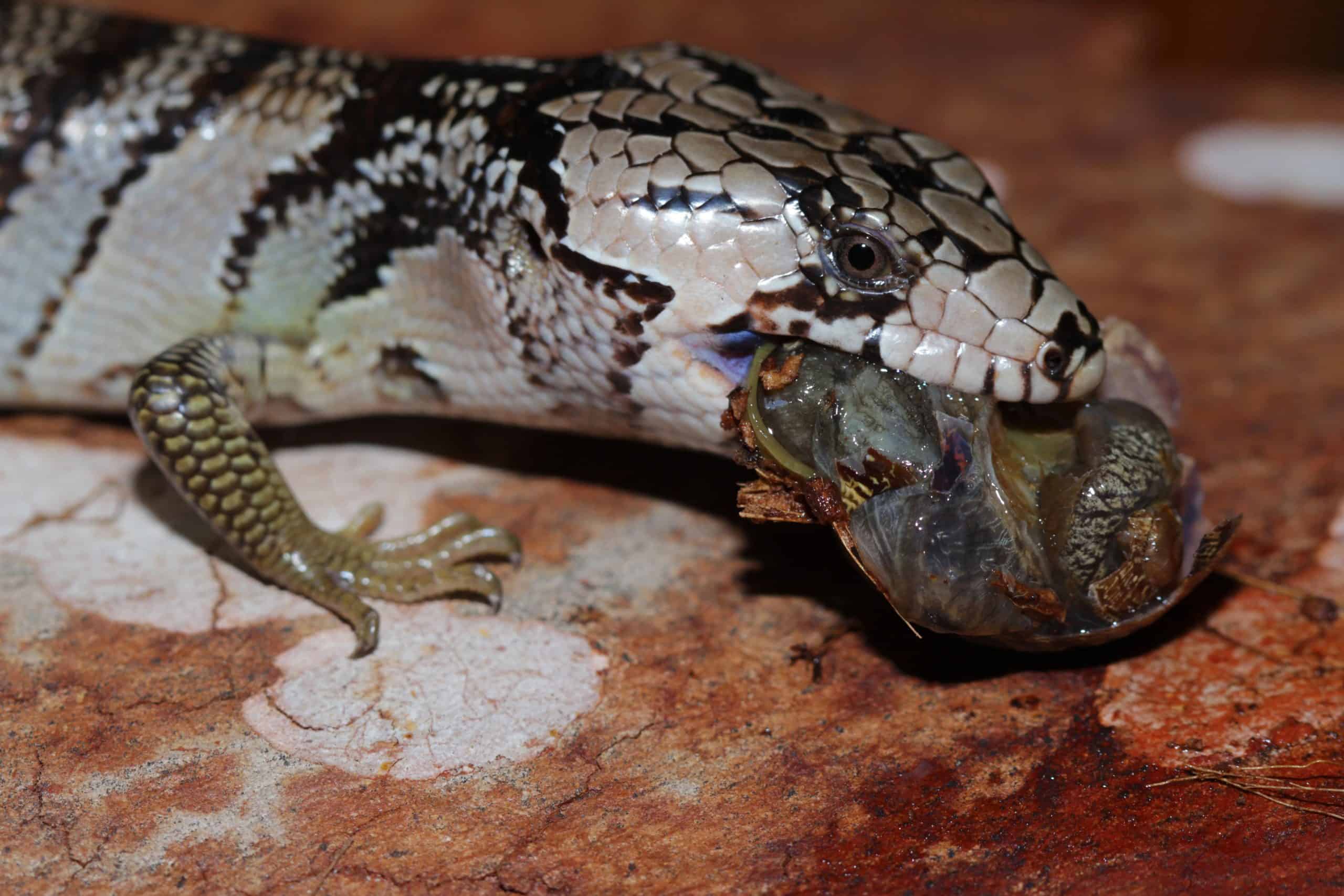
Pink Tongue Skink Owner's Care Guide (+ Tips, FAQs, & Pics!)
The pink-tongued skink ( Cyclodomorphus gerrardii) is a species of lizard in the family Scincidae. C. gerrardii is endemic to Australia, where it is also called commonly the pink-tongued lizard. As suggested by these common names, its distinguishing characteristic is a pink tongue as opposed to the blue tongue of lizards of the closely related.

Pinktongued Skink
The Pink-tongued skink reaches more than 45 cm.. The female measures 42 cm long, of which 18 cm correspond to the trunk of the head. Coloration is grey-brown with a hint of silver, about her until 40 dark brown horizontal stripes, on juveniles strongly contrasting black stripes , that fade in the first year of life after several moults.

Pinktongued Skink Cyclodomorphus gerrardii
The Pink-tongued skink (Cyclodomorphus gerrardii) is a lizard from the family scincidae. Easily distinguished by their pink tongues (hence the name) and striking colors, this species of skink was relatively unknown but is growing in popularity in the reptile community. They are known to be quite laid-back, friendly, and are regarded as a good.
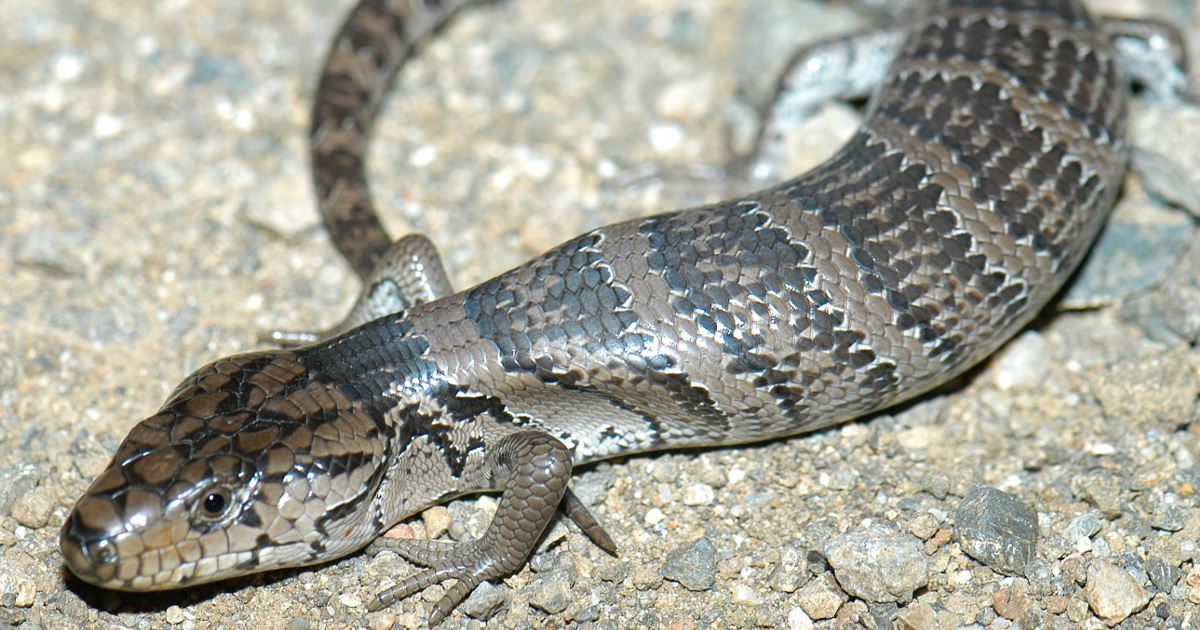
Pink Tongued Skink (Hemisphaeriodon gerrardii)
The pink-tongued skink (Cyclodomorphus gerrardii) is a 15-18" long, nocturnal, semi-arboreal lizard native to the states of New South Wales and Queensland in Australia.They can be found in sub-tropical habitats such as sclerophyll forest, rainforest, and moist woodlands. Pink-tongued skinks have blunt triangular heads, prominent brow ridges, an elongated but robust body, smooth scales, short.
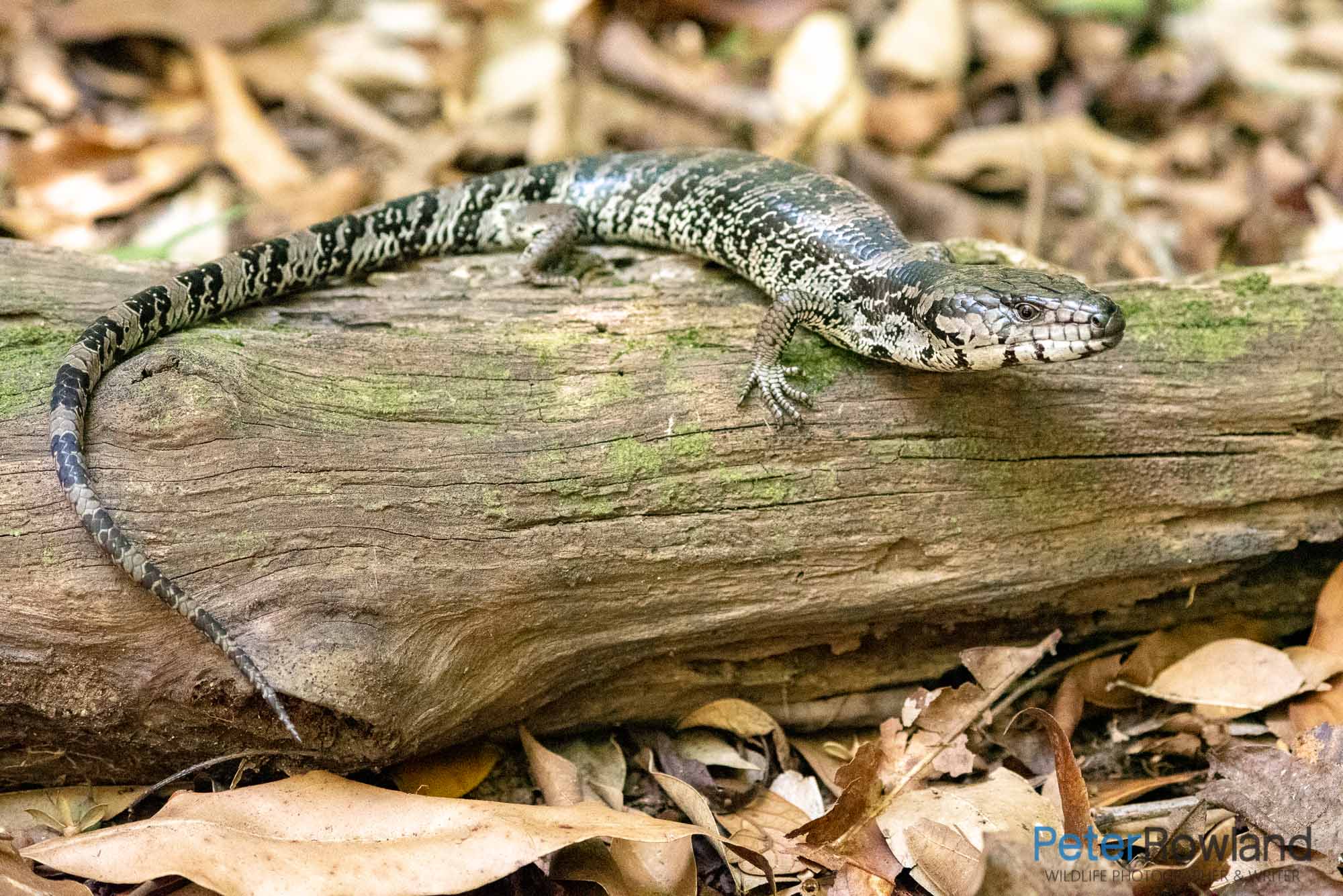
Pinktongued Lizard Peter Rowland Photographer & Writer
Pink-tongued skinks will large brutes that can reachout lengths of up into 18 inches. The partially prehensile tail constitutes up to 50% of the animal's overall length. The pink-tongue lizard range extents to around 18 inches. Image credit: u/cpmar111 (via Reddit.com) Unlike quite other skinks, these animals have noticeable cuttings.
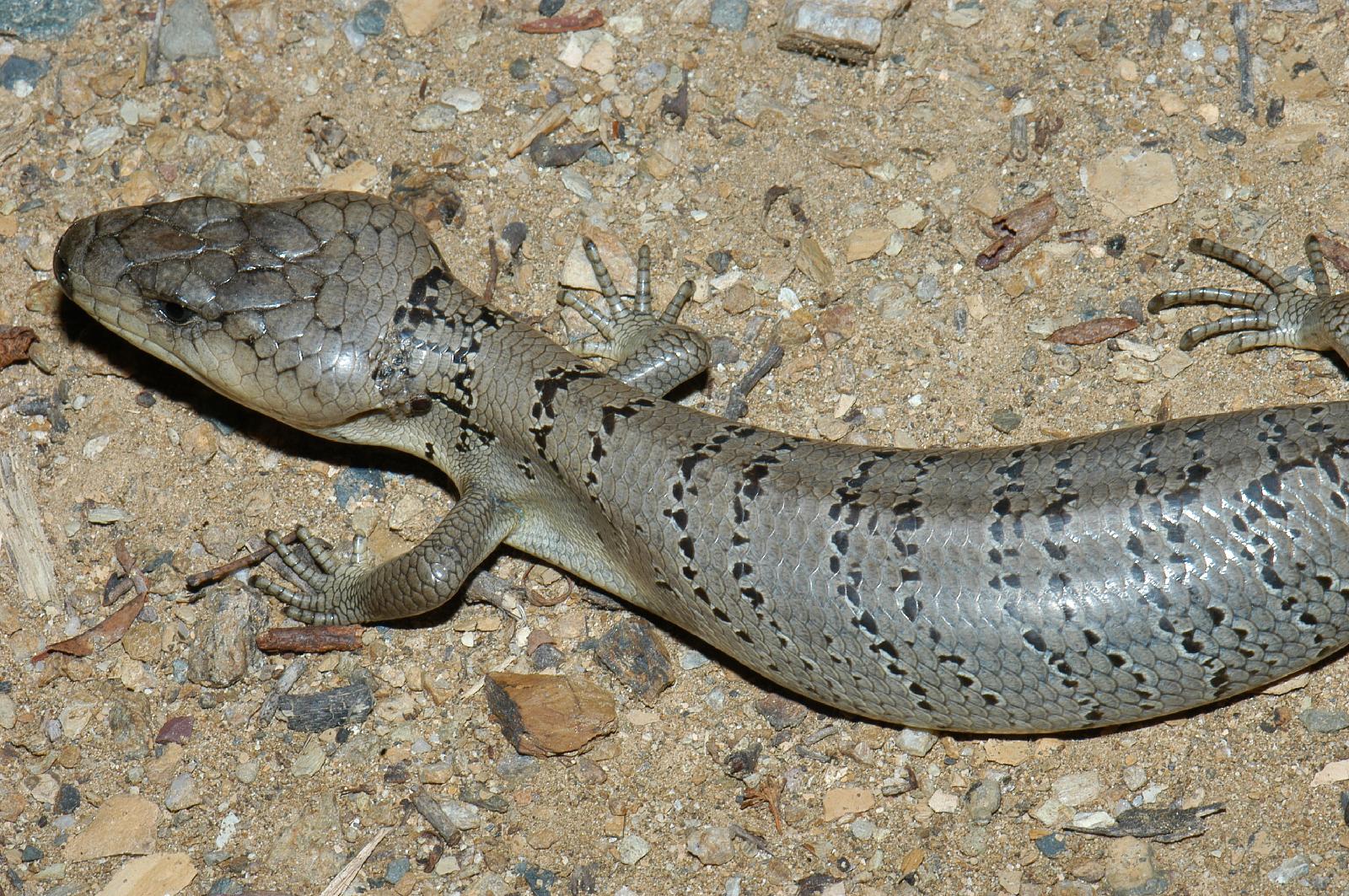
Pink Tongued Skink (Hemisphaeriodon gerrardii)
Care sheets Lizards. The Pink-tongued Skink is endemic to Australia where although they inhabit dry, arid grasslands, they spend most of their time in humid burrows. The species gets its name from their pink tongue, similar to their cousins the Blue-tongued skinks. They are grey to brown in colour with dark grey or black crossbands.
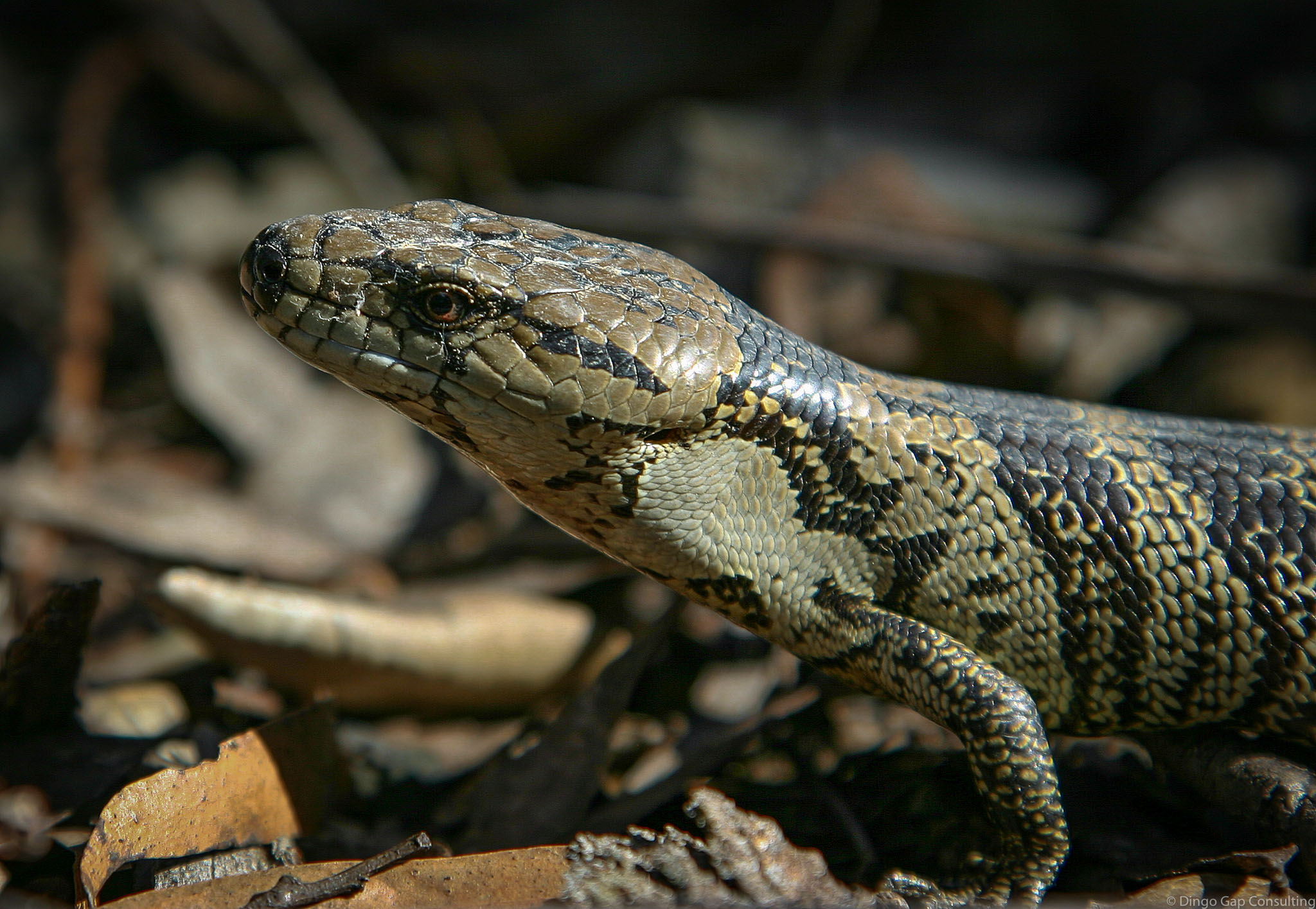
Pinktongued Skink
They will also eat fruit, flowers, and leaves on occasion. In captivity, pink tongue skinks should be fed a diet that mimics their natural diet as closely as possible. This means offering them a variety of live insects, as well as occasional servings of fruits and vegetables. It is important to note that pink tongue skinks require a large.

"Pinktongued skink Hemisphaeriodon gerrardii" by Normf Redbubble
The pink-tongued skink ( Cyclodomorphus gerrardii) is a species of lizard in the family Scincidae. It is endemic to Australia, where it is also called commonly the pink-tongued lizard. As suggested by these common names, its distinguishing characteristic is a pink tongue as opposed to the blue tongue of lizards of the closely related genus.
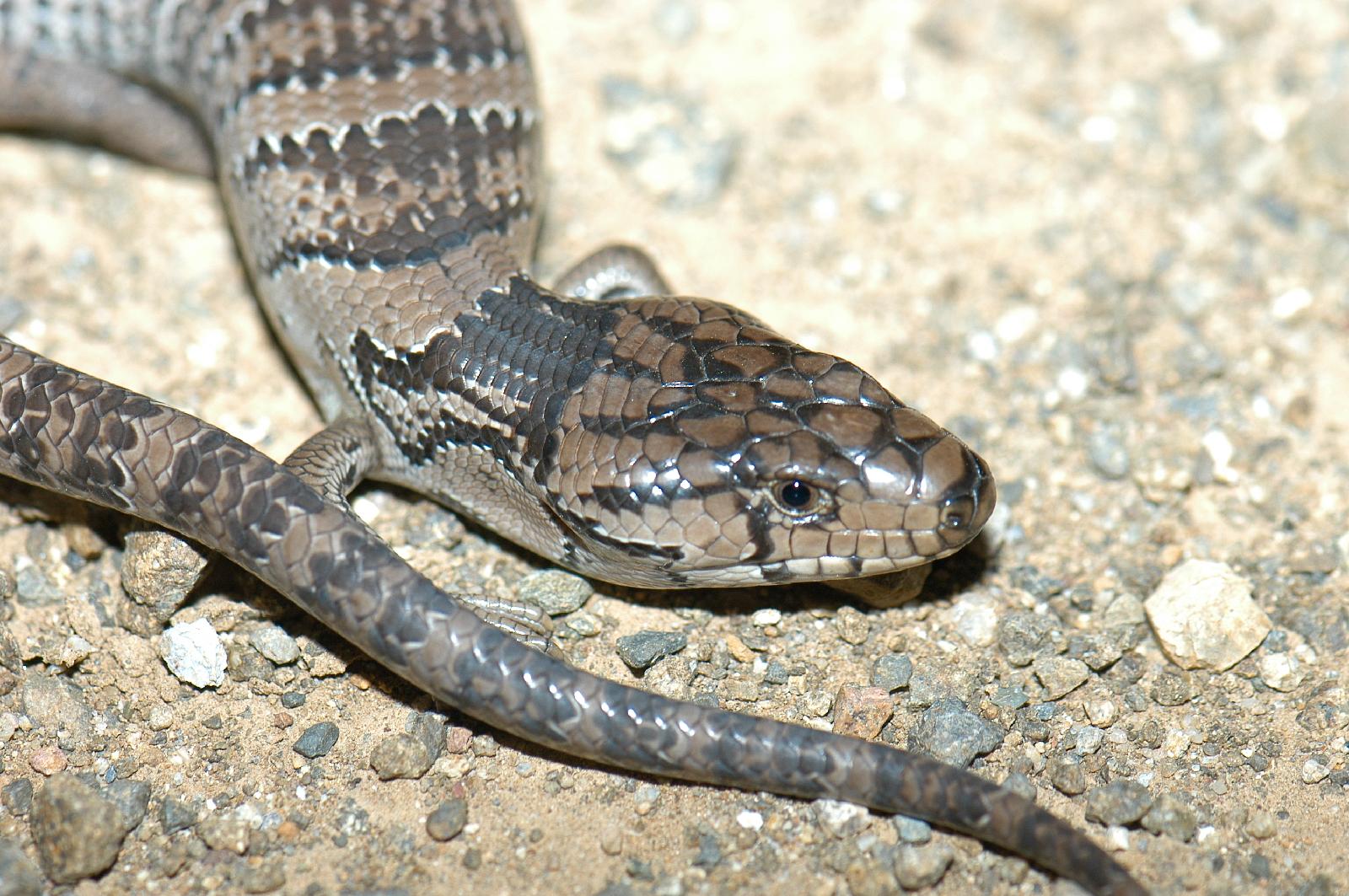
Pink Tongued Skink (Hemisphaeriodon gerrardii)
The rosy tongue skink, Cyclodomorphus gerrardii, is one enormous lion use a docile temperament. These animals come from the wildness of Australia, where they're known as the pink-tongued lizard. Pink-tongued skinks had a gentle temperament and are easy to keep. This makes them an ideal pet lizard for children, adults, beginners, the experts.
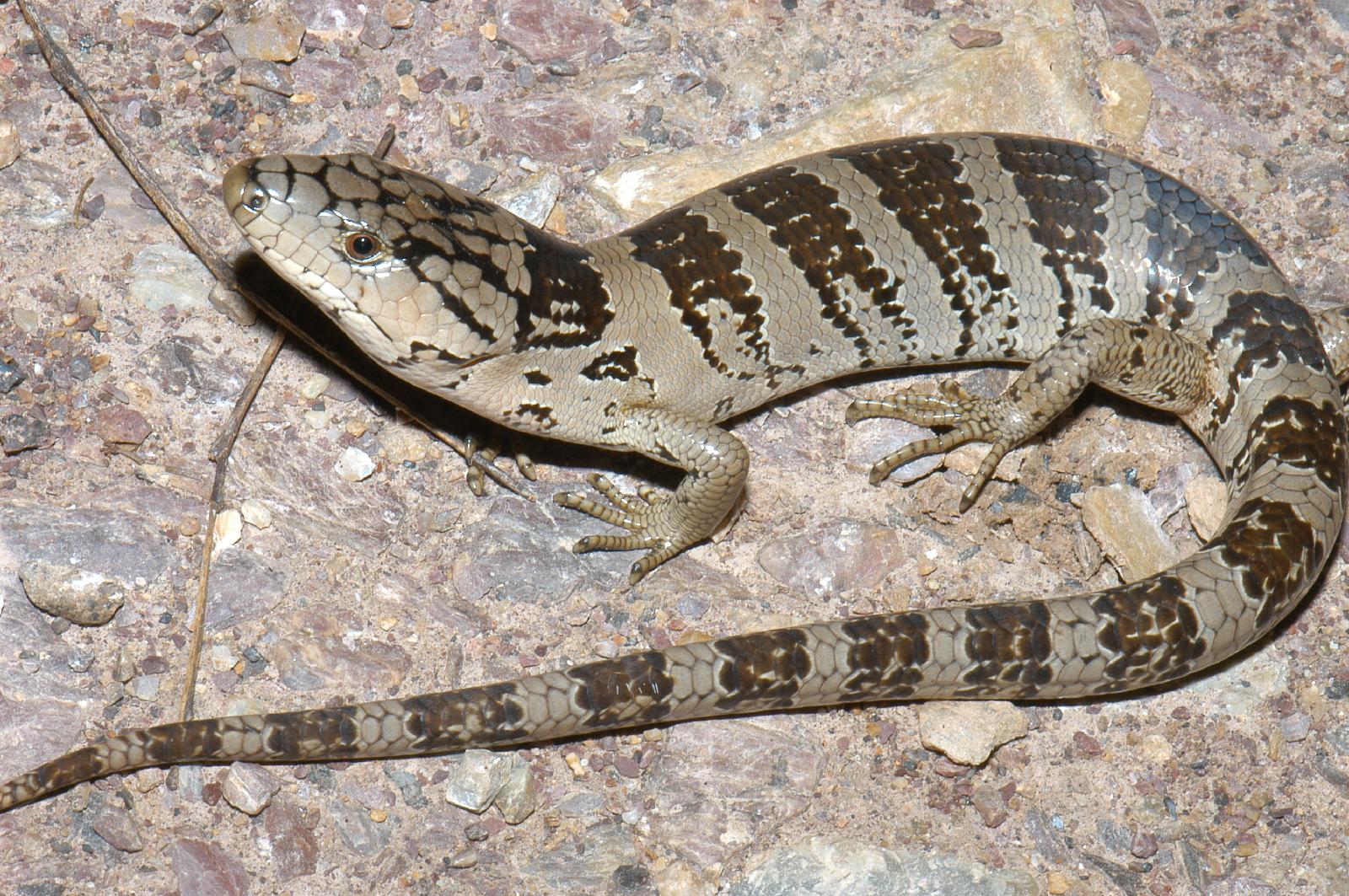
Pink Tongued Skink (Hemisphaeriodon gerrardii)
Habitat and Environment of Pink-Tongued Skink. Take your pet experience to the next level with a Pink-Tongued Skink! These unique lizards require specific habitats to thrive. They prefer semi-terrestrial rainforests, swamplands, and wet woodlands. They like to climb trees, move on the ground, and even swim.
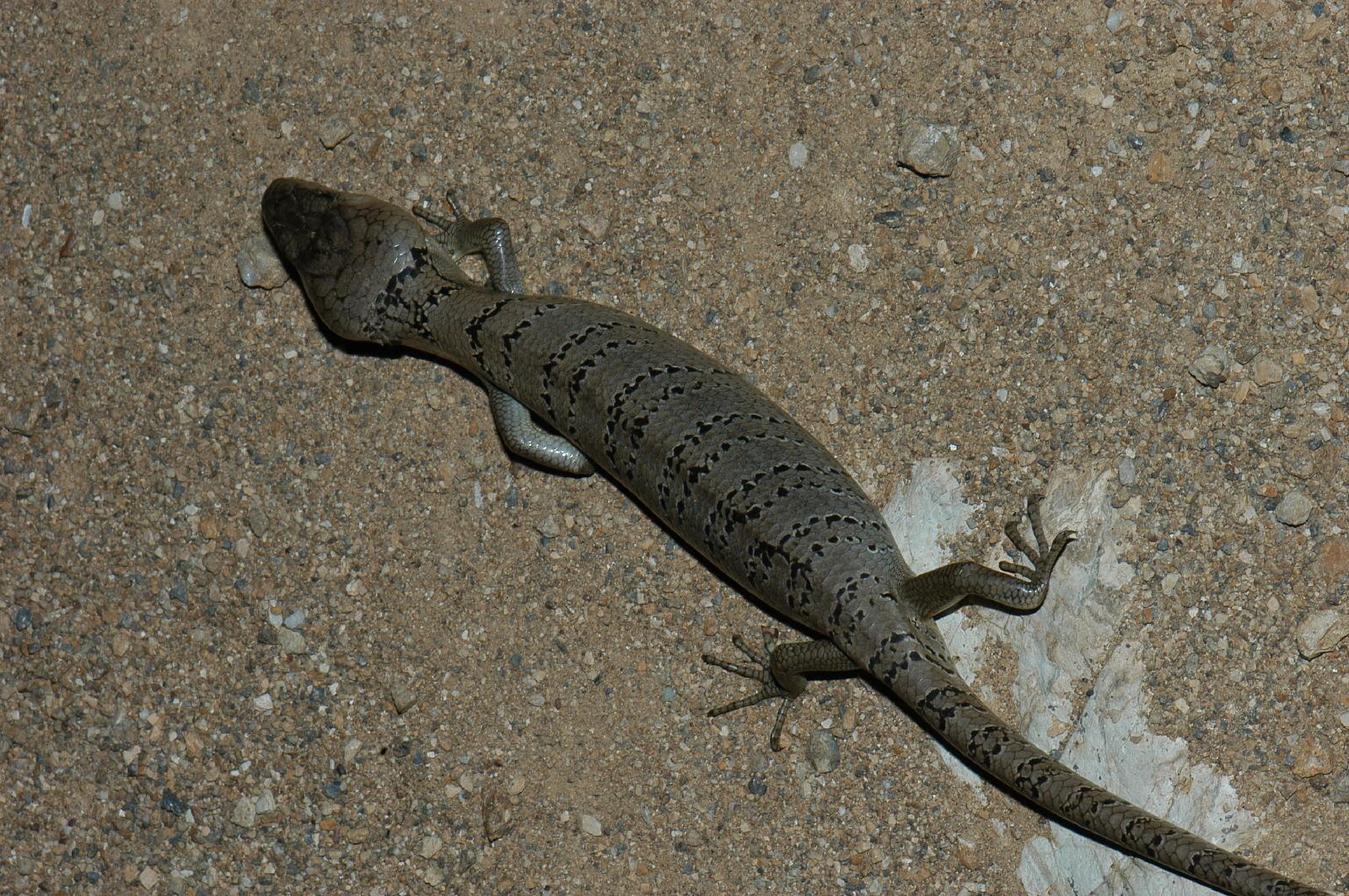
Pink Tongued Skink (Hemisphaeriodon gerrardii)
A Pink-Tongued Skink usually costs between $250 and $300. While this is a little expensive, they are a larger lizard and have a longer lifespan, which helps offset the cost. When you factor in the enclosure, food, and everything else that you'll need, you can quickly expect to spend more than $1,000 in the first year. Pros.

Pink Tongued Skink (Hemisphaeriodon gerrardii)
Pink tongue skinks are an unusual and fascinating species of lizards that are native to New Guinea and some of the surrounding islands. These lizards are.. and it is one reason why they should never be housed with other species of lizards. Pink Tongue Skink Diet in Captivity. When it comes to feeding pink tongue skinks in captivity, it is.
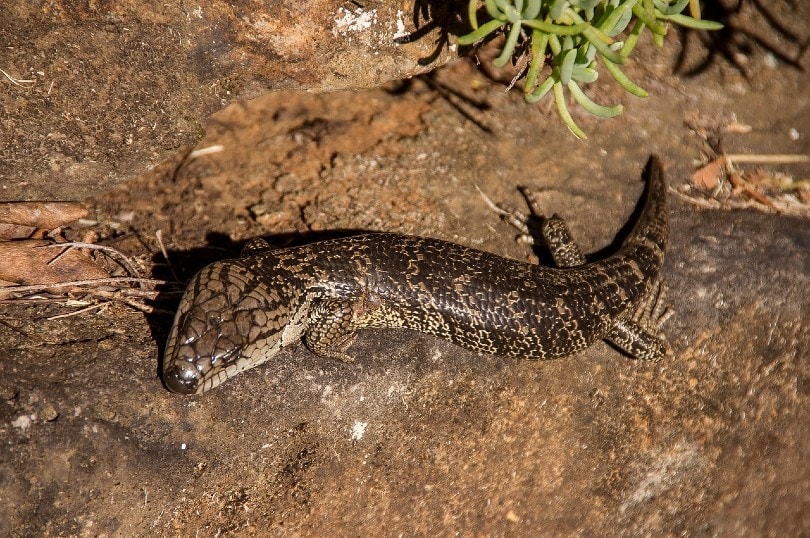
PinkTongued Skink Facts, Info & Care Guide (With Pictures) Pet Keen
The process of lizard tail regeneration has been divided into four stages: wound healing, lasting up to 10 days postautotomy (dpa);. Hematoxylin stains nuclei and nucleoli blue and eosin stains proteins in the cytoplasm and extracellular matrix pink/red. Adipocytes, myelin, and other highly hydrophobic cells will remain clear.